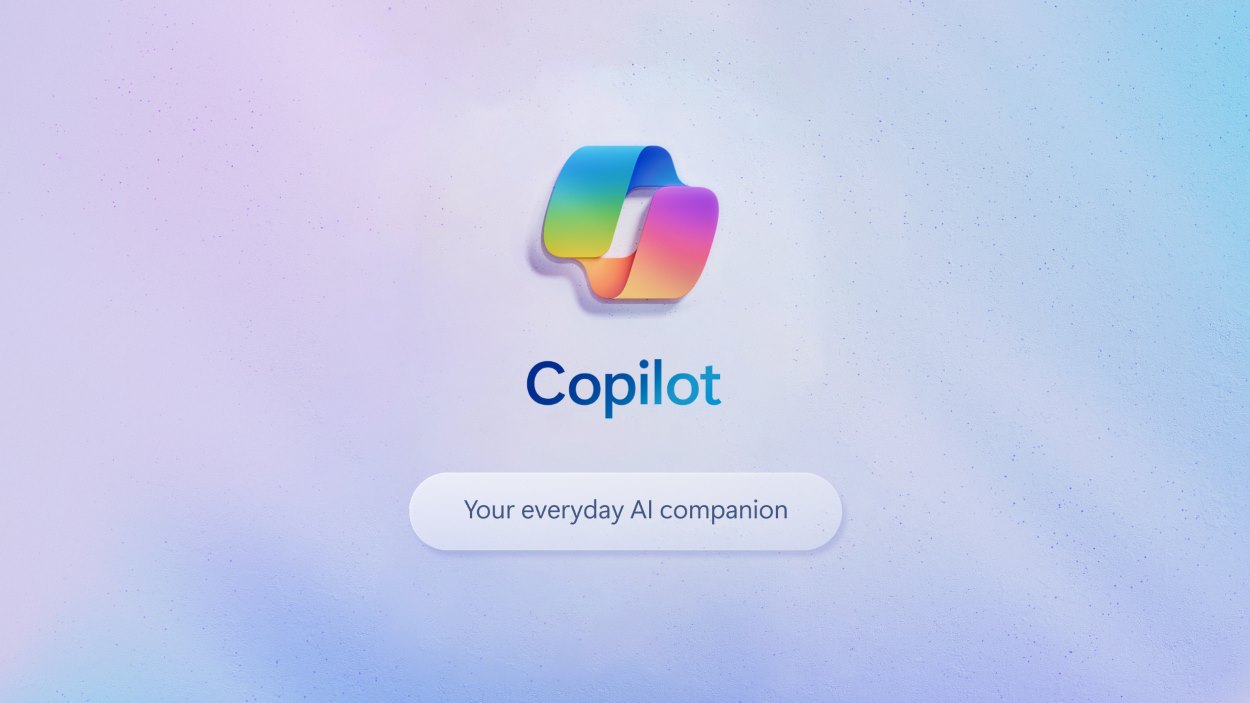Microsoft officially announced on Tuesday that it has enhanced its Copilot chatbot with new AI-driven voice and vision capabilities. These updates aim to provide users with more intuitive and efficient interactions. Copilot Voice, echoing features like Gemini Live and ChatGPT’s Voice Mode, enables two-way verbal communication.
The updates will be accessible across various platforms, including the Copilot apps for iOS and Android, the web client, and the Windows native Copilot assistant. However, the latter is exclusive to Copilot+ PCs equipped with Snapdragon X series chipsets.
Copilot Voice now offers four voice options, allowing users to engage in hands-free dialogue with the chatbot. This feature facilitates everything from brainstorming sessions and quick inquiries to casual conversations. While it promises a speech-to-speech experience, Microsoft has not specified if the responses are generated in real time or if they include emotive voice nuances.
Introducing Copilot Vision
Copilot Vision represents a novel interaction method that enables the AI to “see” what appears on the user’s screen. This feature, which also integrates voice functionality, lets users inquire about visible content verbally. For example, a user can show the AI an image of furniture and ask about its colour scheme or material.
Given the potential privacy concerns, Microsoft has implemented stringent security measures. Copilot Vision is an opt-in feature requiring explicit user activation and is currently compatible with a limited selection of websites. Microsoft assures that data processed through this feature is not collected or used for AI training.
Expansion of Windows Recall Feature
The Recall feature, which passively captures screenshots and tracks user activity locally, is now expanding its availability. Initially limited, it will soon be accessible to Windows Insiders on Copilot+ PCs. Microsoft plans to extend this feature to AMD-powered PCs in November.
In sum, Microsoft’s updates to the Copilot system underscore its commitment to integrating advanced AI features while considering user privacy and security.






